数据结构之队列超详解
Posted 贩梦先生007
tags:
篇首语:本文由小常识网(cha138.com)小编为大家整理,主要介绍了数据结构之队列超详解相关的知识,希望对你有一定的参考价值。
队列FIFO
顺序队列的定义
和栈相反,队列是一种先进先出的线性表,它只允许在表的一端进行插入,二在另一端删除元素,允许插入的一端叫队尾,删除元素的一端叫对头
typedef int status;
typedef int qeelemtype;
typedef struct
qeelemtype data[MAXSIZE];
int front;//队头指针
int rear;//队尾指针
squeue;
队列初始化
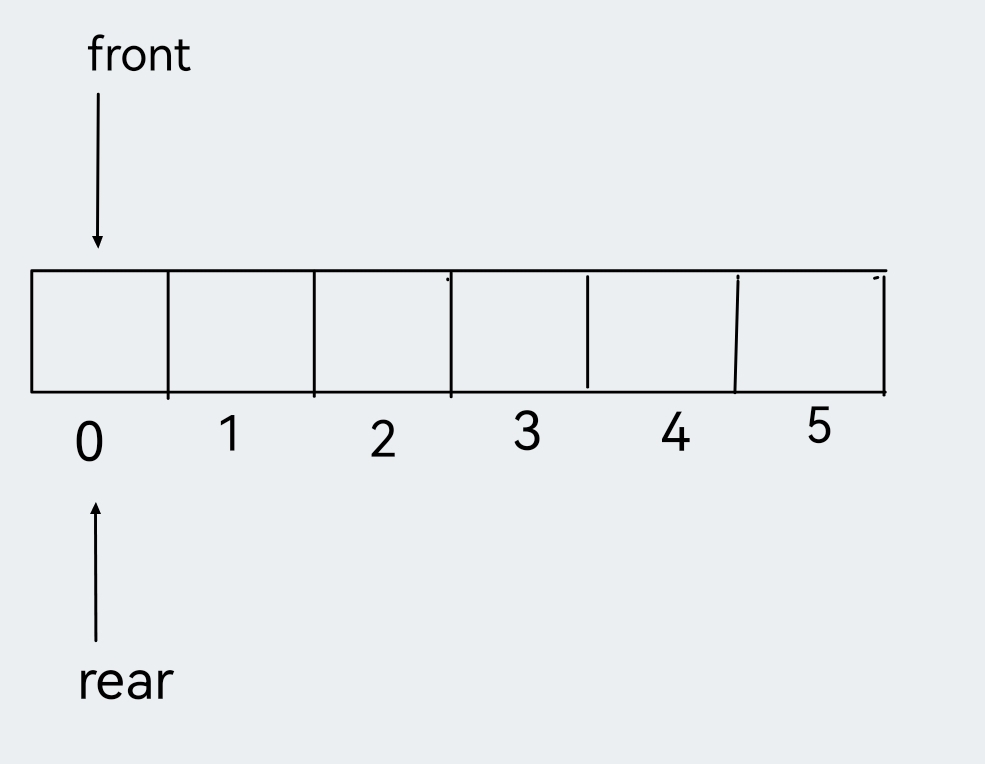
//队列初始化
status initsqueue(squeue *sq)
sq->front = sq->rear = 0;
return OK;
队列是否为空
//队列是否为空
status emptysq(squeue *q)
if(q->front == q->rear)
return OK;
else return FALSE;
队尾插入
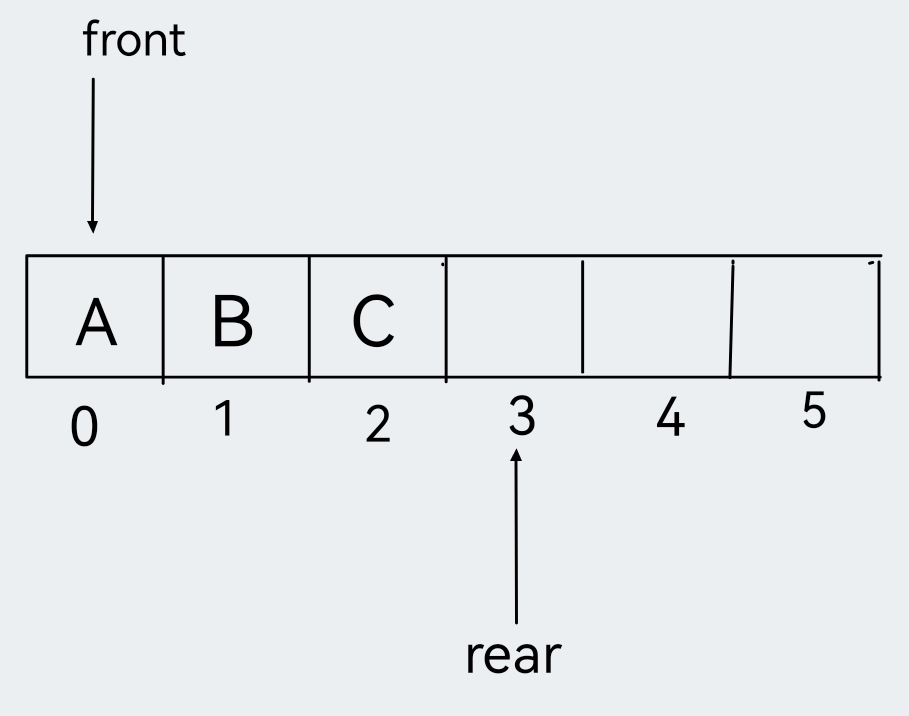
//队尾插入
status insqueue(squeue *q,qeelemtype e)
if((q->rear+1)%MAXSIZE ==q->front)
return ERROR;
q->data[q->rear] = e;
q->rear = (q->rear+1)%MAXSIZE;
return OK;
返回队头
//返回对头
status gethead(squeue *q,qeelemtype *e)
if(q->front == q->rear)
return ERROR;
*e = q->data[q->front];
return OK;
队头删除

//出队
status dqueue(squeue *q,qeelemtype *e)
if(q->front == q->rear)
return ERROR;
*e = q->data[q->front];
q->front = (q->front+1)%MAXSIZE;
return OK;
双端队列
双端队列是限定插入和删除操作在表的两端进行的线性表,但实际的应用却很少
链队列
单链队列初始化
typedef int Status;
typedef int qeelemtype;
typedef struct QNode
qeelemtype data;
struct QNode* next;
QNode,*Queueptr;
typedef struct
Queueptr front;//队头指针
Queueptr rear;//队尾指针
LinkQueue;
队列初始化
//队列初始化
Status InitQueue(LinkQueue& Q)
Q.front = Q.rear = (Queueptr)malloc(sizeof(QNode));
if (!Q.front)exit(-1);
Q.front->next = NULL;
return OK;
销毁队列
//销毁队列
Status DestroyQueue(LinkQueue& Q)
while (Q.front)
Q.rear = Q.front->next;
free(Q.front);
Q.front = Q.rear;
return OK;
队尾插入
//队尾插入
Status EnQueue(LinkQueue& Q, qeelemtype e)
Queueptr p = (Queueptr)malloc(sizeof(QNode));
if (!p)exit(-1);
p->data = e;
p->next = NULL;
Q.rear->next = p;
Q.rear = p;
return OK;
队头删除
//队头删除
Status DeQueue(LinkQueue& Q, qeelemtype& e)
if (Q.front == Q.rear)return ERROR;
Queueptr p = Q.front->next;
e = p->data;
Q.front->next = p->next;
if (Q.rear == p) Q.rear = Q.front;
free(p);
return OK;
队列的遍历
//输入元素↓
int PrintQueue(LinkQueue& Q)
QueuePtr p;
printf("链式队列中的元素");
if (Q.front->next != NULL)
p = Q.front->next;
do
printf("%5d", p->data);
p = p->next;
while (p != NULL);
else
printf("队列为空\\n");
printf("\\n");
return 0;
//遍历链式队列
测试
void main()
int n, e, i;
LinkQueue Q;
InitQueue(Q);
printf("\\n"); printf("\\n");
printf("初始化队列成功!");
printf("\\n"); printf("\\n");
printf("请输入要进队的元素个数:\\n");
scanf("%d", &n);
for (i = 1; i <= n; i++)
printf("请输入要进队的元素:\\n");
scanf("%d", &e);
if (EnQueue(Q, e))
printf("元素 %d 进队成功\\n", e);
else
printf("进队失败\\n");
printf("\\n");
PrintQueue(Q);
printf("\\n"); printf("\\n");
printf("删除元素后的队列:\\n");
printf("\\n");
DeQueue(Q, e);
PrintQueue(Q);
printf("\\n"); printf("\\n");
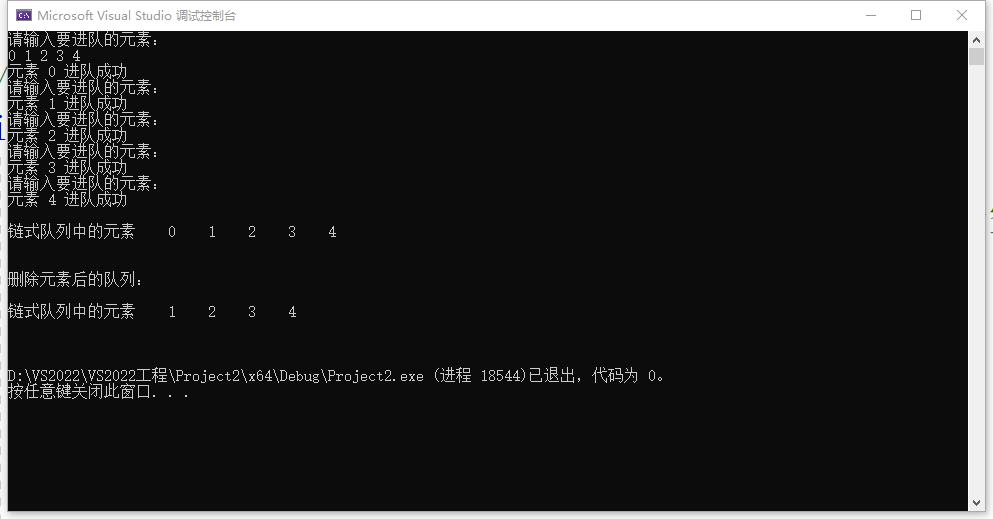
循环队列
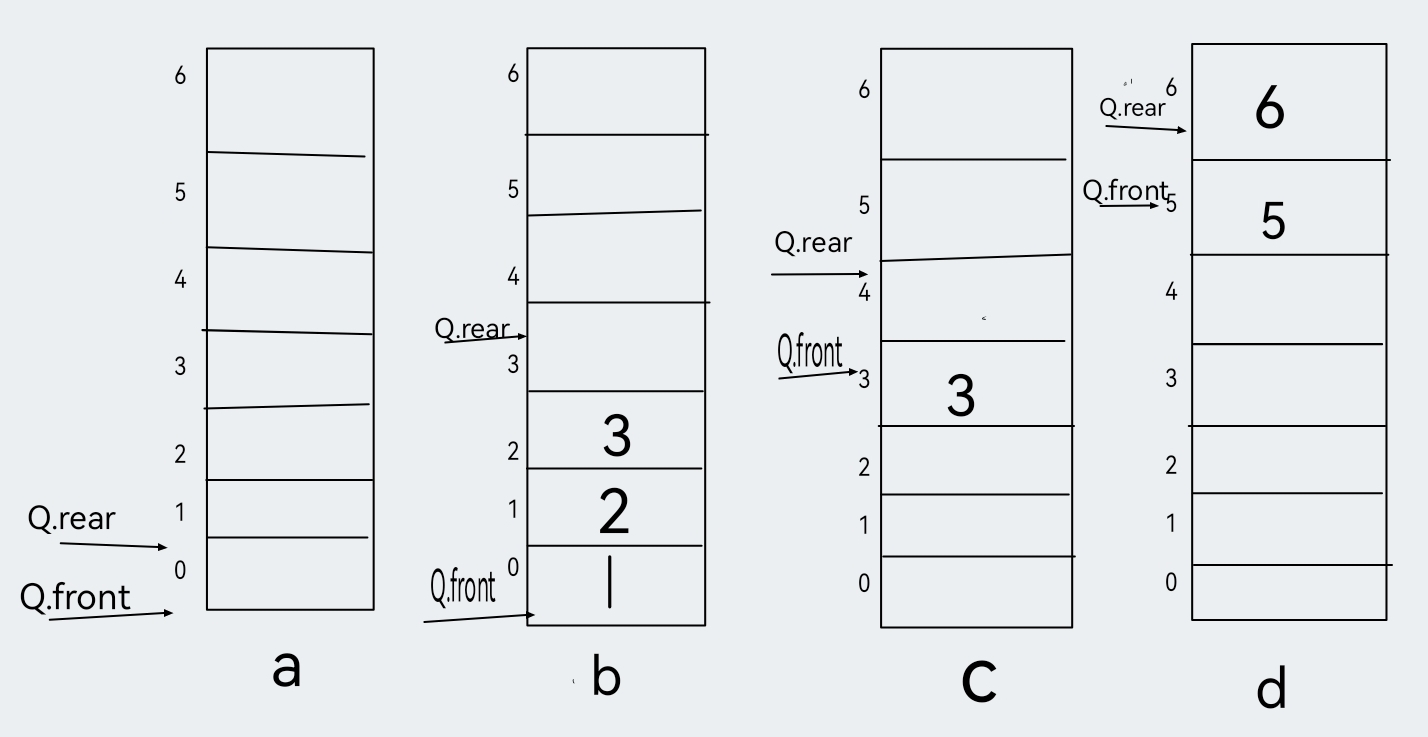
当队列处于图d时,不可再继续插入新的队尾元素,否则会因为数组越界导致代码被破坏,如果继续扩大空间的话,就造成了空间的浪费,所以我们将顺序队列假想成如下图一样的环状空间,称之为循环队列
循环队列有头指针和尾指针:
头指针指向对列头部元素,随着对列出队而变化,元素入队时不变化
尾指针指向对列尾部元素,随着对列入队而变化,元素出队时不变化
- 所以我们只需移动指针来控制插入和删除元素
- 遍历的时间复杂度为O(1)
- 插入、删除的时间复杂度为O(1)
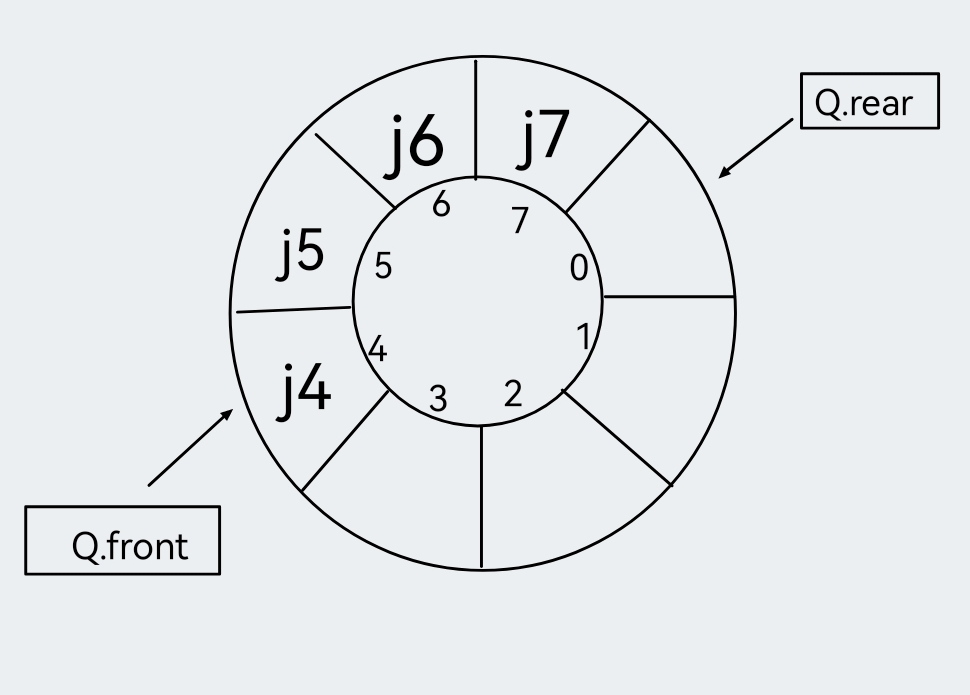
此部分代码借鉴李四老师的
初始化循环队列
/*
初始化循环队列
*/
Status InitSeqQueue(SeqQueue* queue)
if (!queue)
return ERROR;
queue->front = queue->rear = 0;
return OK;
清空对列
/*
清空队列
*/
Status ClearSeqQueue(SeqQueue* queue)
if (!queue)
return ERROR;
queue->front = queue->rear = 0;
return OK;
判断队列是否为空
/*
判断循环队列是否为空
*/
Status EmptySeqQueue(SeqQueue* queue)
if (!queue)
return ERROR;
if (queue->front == queue->rear)
return TRUE;
return FALSE;
循环队列的长度
/*
循环队列的元素个数
*/
int LengthSeqQueue(SeqQueue* queue)
if (!queue)
return ERROR;
if (queue->front == queue->rear)
return 0;
//留的那个空单元不算做元素个数
return (queue->rear - queue->front + QUEUESIZE) % QUEUESIZE;
获取队头元素
/*
获取循环队列头元素
*/
Status GetHead(SeqQueue* queue)
if (!queue)
return ERROR;
if (queue->front == queue->rear)
return ERROR;
return queue->data[queue->front];
队尾插入
*
往队尾添加元素
*/
Status AddQueue(SeqQueue* queue, EleType e)
//队满或空指针
if (!queue)
return ERROR;
//刚好队尾再走一个单元就到队头,说明栈满了。
if ((queue->rear + 1) % QUEUESIZE == queue->front)
return ERROR;
queue->data[queue->rear] = e;
queue->rear = (queue->rear + 1) % QUEUESIZE;//若到队尾转到数组头部
return OK;
队头删除
/*
队头删除元素
*/
Status DelQueue(SeqQueue* queue, EleType* e)
//空指针
if (!queue)
return ERROR;
//队空
if (queue->front == queue->rear)
return ERROR;
*e = queue->data[queue->front];
queue->front = (queue->front + 1) % QUEUESIZE;//若到队尾转到数组头部
return OK;
队列打印
void PrintfQueue(SeqQueue* queue)
//空指针
if (!queue)
return;
//队空
if (queue->front == queue->rear)
return;
int begin = queue->front;
while (begin != queue->rear)
printf("%d,", queue->data[begin]);
if (begin < QUEUESIZE - 1)
begin++;
else
begin = begin + 1 - QUEUESIZE;
printf("\\n");
return;
以上是关于数据结构之队列超详解的主要内容,如果未能解决你的问题,请参考以下文章